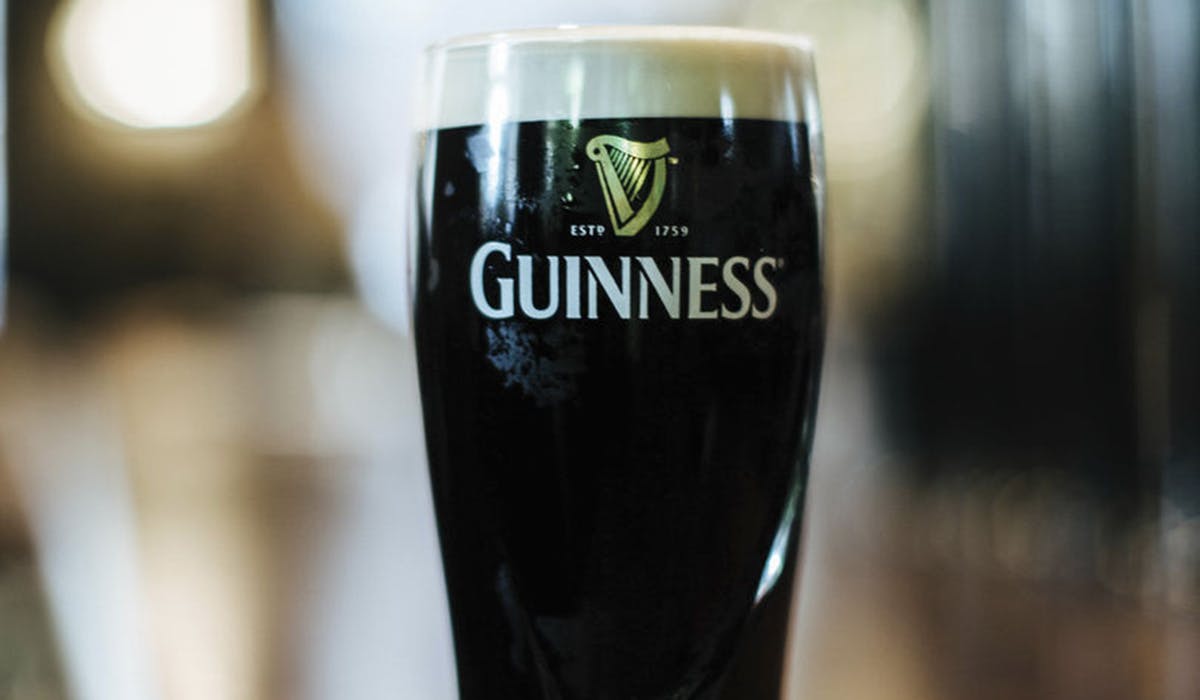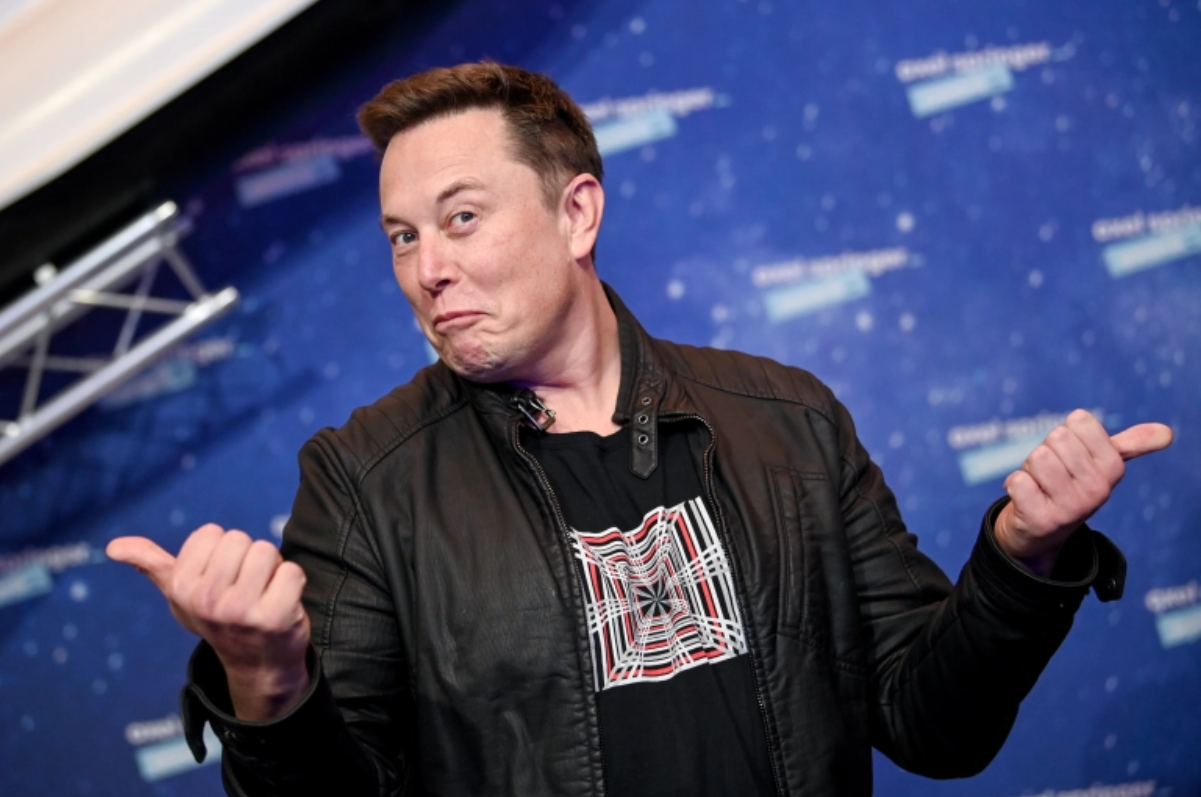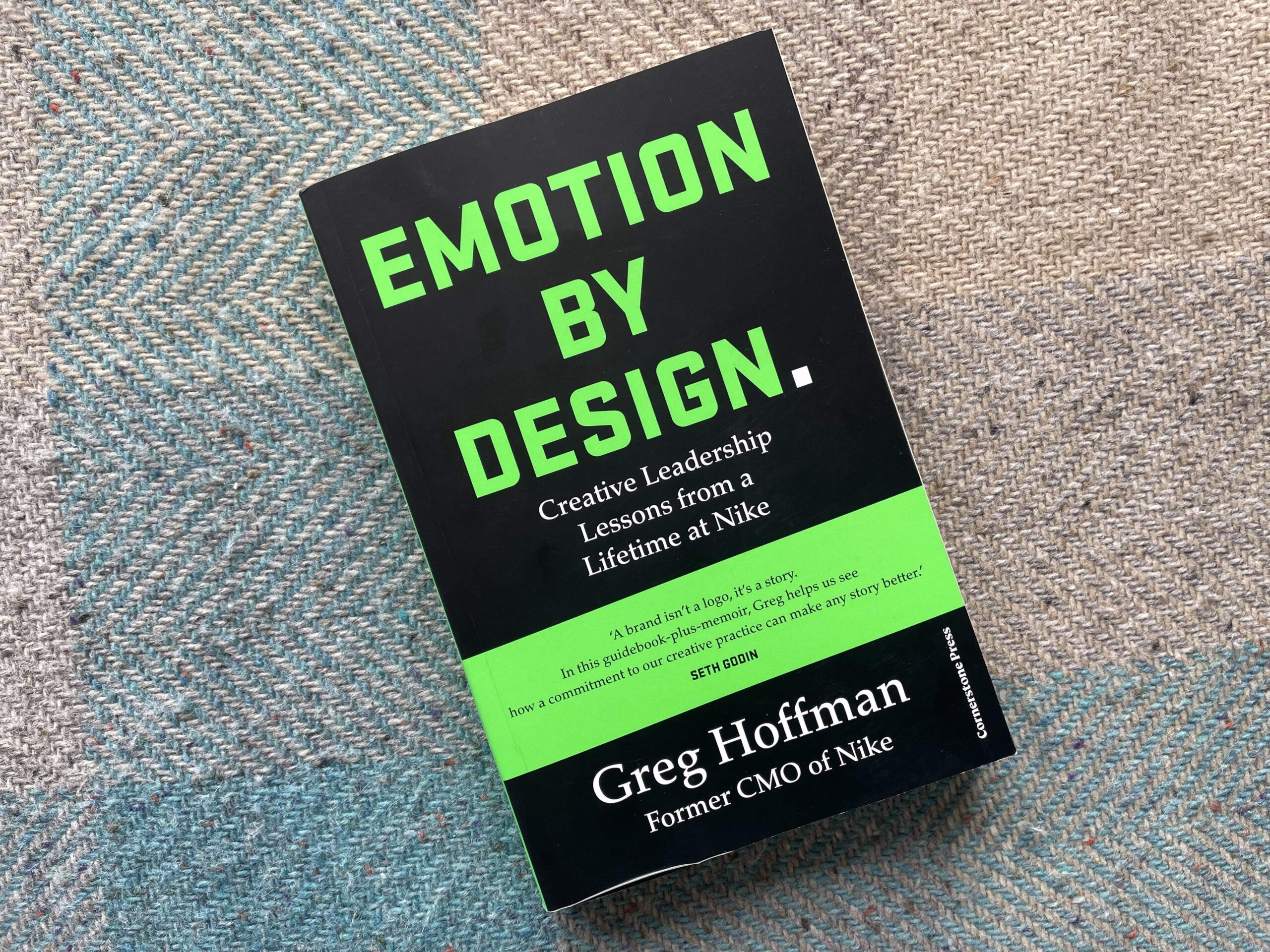It’s been less than two months since Elon Musk took over Twitter (let that sink in!), but it feels like a lifetime.
Ridiculous decision after ridiculous decision and row-back upon row-back, it’s dizzying trying to keep track of it all.
Here are my Top 10 moments (so far) in somewhat of a chronological order.
1. Verification badge shambles
Twitter’s verification badge serves an important purpose, making sure that public figures, companies, and journalists etc. are who they say they are. But in a desperate attempt to monetize the platform, Elon considered this fair game to turn into a straight-up cash transaction.
Cue a massive backlash from currently verified users and trolls taking the piss pretending to be billion dollar companies and getting them to say crazy shit causing said companies’ stock to take a hit. If that’s not a way to piss off valuable potential advertisers, I don’t know what is. Extra bonus giggles for Elon haggling with Stephen King over a price point.
2. Elon Musk: Patron of Comedy
In his first week at the helm, Musk proudly proclaimed that “comedy is now legal on Twitter”.
It seems that mantra did not apply to any comedy that was aimed at him though. After half of Twitter started relentlessly ripping the piss out of him, Musk swiftly brought in a policy that threatened to ban users making fun of anyone else without clearly marking their Tweets as a parody.
Ironically, the Twittersphere’s reaction became one of the funniest moments I can ever remember on the platform, unintentionally fulfilling Musk’s promise.
3. Re-banning Kanye West
Under his new “free speech” manifesto, Elon reinstated a host of accounts that had been banned under the previous management. After making a particularly big deal of welcoming back Kanye West, Ye immediately went on a series of Jew-bashing rants that would see him swiftly re-banned, taking some hefty digs at Elon on the way out. Sometimes people are banned for a reason, guy. Who knew?
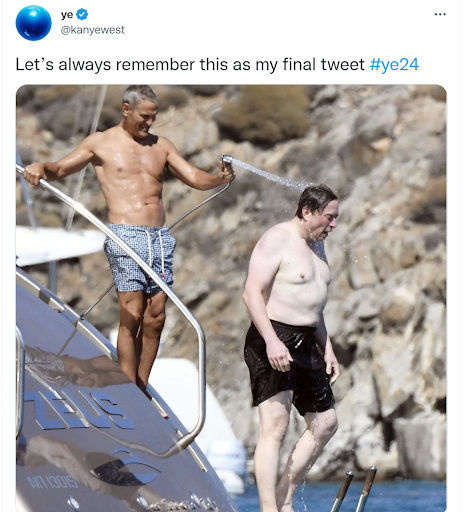
4. Firing half the company
Making staffing cuts is a classic way for a new owner to try and make a company leaner and set them on the right path. Firing half the company seemingly at random within a couple of weeks of taking over is a new one though.
Having to grovel to some of those that had lost their jobs asking them to come back because they were necessary to certain projects was a fitting upshot. Ditto being hit by potential legal ramifications in countries that don’t just let companies fire employees at a moment’s notice without cause.
5. Going “extremely hardcore”
Now with a streamlined workforce, Elon gave an ultimatum to the remaining staff. Unless they agreed to an “extremely hardcore” way of working going forward that would include working nights and weekends, they would be fired too.
Cue most of the staff not agreeing to the ultimatum by the deadline (up to 80% of them by some estimates), creating mass confusion over who still had a job and who didn’t, and what departments might cease to function if all those who didn’t relent were actually fired. Of course Elon had to quickly row back on this bullshit too.
6. Saying the company could go bankrupt
After firing half the company and trying in vain to get the remaining half to sign up to a life of servitude, Elon was sad.
Speaking at a company meeting he went so far as to say that the company might go out of business. In fairness, how can you be expected to run a profitable company if you can’t exploit your workforce? Way to boost morale and increase market confidence in the company Elon.
7. Throwing a hissy fit at advertisers
Twitter derives around 90% of its revenue from advertisers, so this is definitely a cohort that Elon should be eager to please if he’s looking at turning the company around. But, shock horror, advertisers don’t seem to be overjoyed at the platform turning into an even bigger dumpster fire than it was previously and began walking away in droves. Elon didn’t like that, and let it be known.
I guess free speech doesn’t extend to whatever platforms independent companies are allowed to advertise on then.
8. Requesting engineers to print off their code
Such little faith Elon had in Twitter’s current engineering team that he brought in a bunch of software engineers from Tesla to sit over their shoulders and critique their code. According to internal Slack messages, he went so far as to ask Twitter engineers to print out the last 30 to 60 days of the code they created for review. This was, of course, extremely inefficient, not to mention a big security risk, and engineers were soon asked to shred whatever they had printed.
9. Banning promotion of other social media channels
With Twitter users setting up accounts on competing platforms like Mastadon in droves, the company spun up some hasty policy to try and stem the exodus. So much for “free speech”.
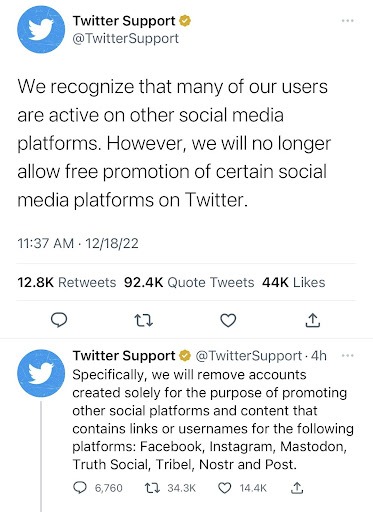
While a lot of Elon’s statements and policies over the last few weeks were quickly rolled-back, this batshit crazy one took the record, lasting less than a day before being abandoned.
10. Poll to Stay on as CEO
Elon has really taken to polls as a way of making decisions. Like Batman’s nemesis Two Face obsessively flipping a coin to tell him what to do, it seems like he can barely make a decision these days without them. In what turned out to be an extraordinary self-own, Musk put out a poll to see how many people wanted him to step down as head of Twitter and said that he would abide by it. I’m sure he’s clearing out his desk as we speak.
Elon Musk is not a stupid guy. But he sure as hell is making himself look like one. Now let that sink in!
